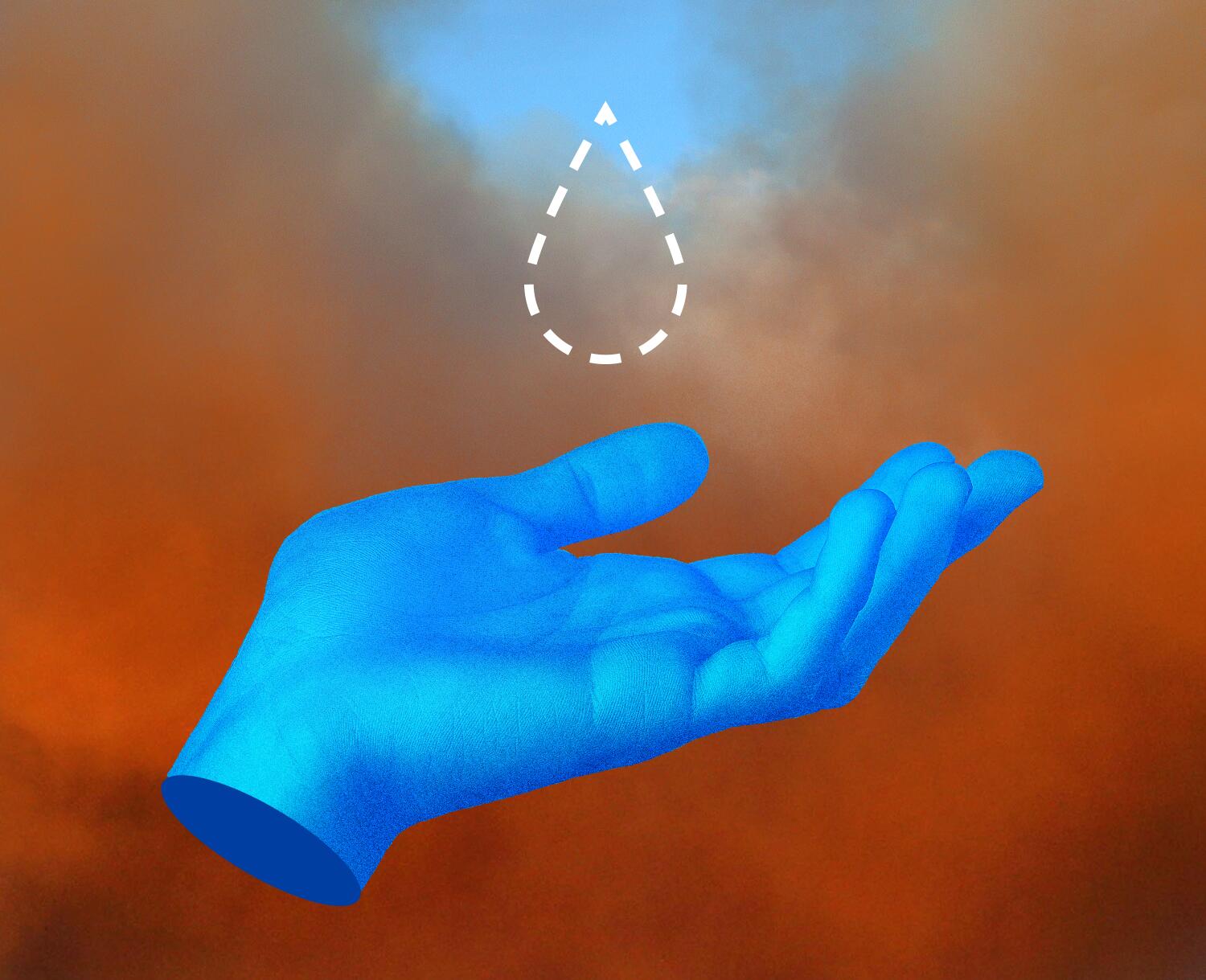
When will Southern California residents find peace from the fire threat? This question lingers in the air as fires wreak havoc, and the aftershocks of destruction still echo through communities. While some Angelenos might breathe a temporary sigh of relief, the specter of wildfires hangs precariously overhead. Despite calmer skies and a gentle breeze easing the tension for neighborhoods spared from devastation, the underlying drought conditions remain unchanged, which could ignite new flames at any moment.
Last week’s catastrophic blazes turned many lives upside-down, igniting panic among families and forcing evacuations. Now, with schools reopening and neighbors returning home, a sense of normalcy seems to creep back in. However, urgent warnings from the National Weather Service remind us that the danger is not behind us. Wind gusts reaching up to 70 mph threaten to fuel any flicker of fire that dares to spark. Los Angeles Fire Chief Kristin Crowley stressed at a recent press briefing that vigilance is still essential. The emergency bags remain handy; phones stay close at hand, ready for alerts at a moment’s notice.
So when will this constant state of alertness ease? Observations from experts help shed light on the situation. Costas Synolakis, a professor of civil and environmental engineering, points out that nature can unleash events beyond our control, making it clear we live in a vulnerable state. Fires are especially routine in a region grappling with the dry Santa Ana winds that reached an alarming 99 mph. From drought conditions to gusty shifts, the backdrop for the recent destructive Palisades and Eaton fires was set, resulting in a tragic loss of life and property.
According to Amanda Stasiewicz, an assistant professor specializing in fire policy, fires thrive in conditions where wind and lack of rainfall coincide. It means that even in a lull between storms, risks linger. The underbelly of cars can ignite dry grasses into flames, and a simple chain dragging behind a vehicle can trigger an inferno. She advises that keeping evacuation bags packed is wise in this environment, especially with impending wind events.
While the winds might have calmed for now, the potential for fire remains high until significant rain arrives. Daniel Swain, a climate scientist at UCLA, emphasizes that the city will need a couple of inches of rain to genuinely declare an end to the fire season. The forecast offers little hope with only a slim chance of scattered showers coming in the next couple of weeks, suggesting that fire risks may persist well into February or March.
Adjusting to this new reality of heightened fire risk is critical. While the sense of immediate danger may wane, Synolakis believes that many residents will likely ease back into normalcy rather quickly. Last week’s chaos mirrored the uncertainty felt after national tragedies, and as evacuation orders shift from mandatory to warnings, communities in close proximity to fires might relax within days.
However, the overarching lessons of climate change remain. This warming planet brings unpredictable and severe weather conditions, challenging communities’ resilience. Synolakis warns that unusual and unforeseen events like these fires will likely become more frequent as climate change continues to evolve.
Residents of Los Angeles remain at a crossroads: acknowledging the collective sigh of relief while being acutely aware that the world around them is changing. Until rain quenches the fear of fire, the reality of living with its threat looms large, challenging Angelenos to adapt and stay prepared for whatever nature has in store next.






